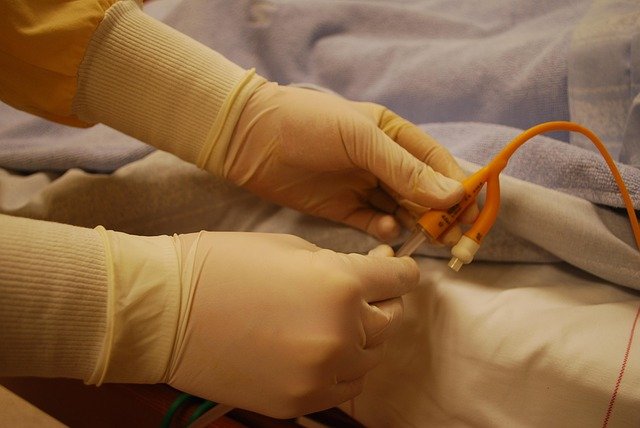Approaches to Lupus Treatment and Symptom Management
Systemic lupus erythematosus (lupus) is a chronic autoimmune condition that can affect skin, joints, kidneys, blood cells and other organs. Treatment focuses on controlling inflammation, reducing symptoms and preventing organ damage while balancing medication side effects. Because lupus varies widely between people, management is individualized and often involves rheumatologists, primary care clinicians and other specialists working with the person affected to monitor progress and adjust therapy.

This article is for informational purposes only and should not be considered medical advice. Please consult a qualified healthcare professional for personalized guidance and treatment.
How is lupus treated as a chronic illness?
Lupus is managed as a long-term chronic illness with a combination of medical treatment, lifestyle adjustments and coordinated care. Baseline therapy for many patients includes antimalarial drugs such as hydroxychloroquine, which can reduce flares and protect against some complications. Corticosteroids and immunosuppressive agents are used when disease activity is higher or when specific organs are involved. Treatment plans are tailored to disease severity, affected organs and patient preferences, and they are regularly reviewed to minimize long-term risks like infections or osteoporosis from prolonged steroid use.
What medicines help joint pain in lupus?
Joint pain in lupus is common and can range from mild stiffness to more significant inflammatory arthritis. Nonsteroidal anti-inflammatory drugs (NSAIDs) or acetaminophen are often used for short-term symptom relief. Hydroxychloroquine can improve overall disease control and reduce joint symptoms for many people. When inflammation is more severe, short courses of corticosteroids or steroid-sparing immunosuppressants (for example methotrexate, azathioprine or mycophenolate) may be prescribed. Physical therapy, gentle exercise and ergonomic measures also play an important role in maintaining joint function and reducing pain.
What triggers a lupus flare and how is a flare managed?
Flares—periods of increased disease activity—can be triggered by sun exposure, infections, certain medications, hormonal changes or stress. Recognizing early warning signs such as increased fatigue, joint pain, rashes or fever helps prompt evaluation. Management typically involves temporarily intensifying treatment: adjustment of baseline medications, short-term increases in corticosteroid dose or adding targeted therapies depending on organ involvement. Monitoring during a flare often includes blood and urine testing to check for organ complications. Because triggers vary by person, preventive measures (sun protection, vaccination, infection control) are commonly recommended.
How are lupus symptoms monitored and tracked?
Monitoring lupus symptoms combines clinical assessment, patient-reported symptom tracking and laboratory tests. Clinicians use a history and physical exam to identify new or worsening signs, while patients may keep symptom diaries to record flares, pain intensity, fatigue and medication effects. Standard laboratory measures—such as complete blood count, kidney function tests and inflammation markers—are integrated with symptom reports to guide treatment changes. Regular follow-up appointments allow adjustment of therapy, screening for medication side effects and coordination among specialists when specific organs are affected.
What role does a blood test play in diagnosis and treatment?
Blood tests are an important part of diagnosing and monitoring lupus but must be interpreted in context. Antinuclear antibody (ANA) testing is commonly used as an initial screen; more specific tests include anti-dsDNA and anti-Sm antibodies, which can support a lupus diagnosis. Complement levels (C3, C4) and inflammatory markers (ESR, CRP) help assess activity, while a complete blood count and kidney function tests (and urinalysis) monitor organ involvement and medication safety. No single blood test proves or rules out lupus on its own; clinical signs and test patterns together guide diagnosis and treatment decisions.
Lupus treatment is dynamic: medications are chosen for current disease activity and organ risk, then tapered or changed as the condition evolves. Collaboration between patients and clinicians—for symptom tracking, regular testing and lifestyle adjustments—helps reduce flares, control joint pain and manage this chronic illness over time.
Conclusion
Effective lupus management combines individualized medical therapy, routine monitoring with blood tests and other assessments, and practical measures to reduce triggers and protect organ health. Because lupus presents differently for each person, ongoing communication with healthcare providers and careful tracking of symptoms and treatment effects are central to maintaining quality of life and reducing the risk of complications.






